The Problem With Flying Hens by John Lambrechts – Jules Gallez (PIPA)
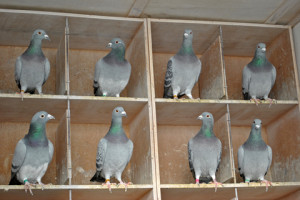 Hens can compete against widowers in the most demanding long distance races. Victor Eerdekens from Limburg proved that in a tough Pau. He won 2nd National from a distance of 971 km. (600 miles).
Hens can compete against widowers in the most demanding long distance races. Victor Eerdekens from Limburg proved that in a tough Pau. He won 2nd National from a distance of 971 km. (600 miles).
The winner was a 3-year-old hen feeding a 10-day-old youngster. The 3rd prize was also won by a hen. She flew to Raymond Simons at Kapelle, on the Dutch border. Are these two exceptions ?
I don’t think so. Both hens had excelled before in long races. Many more hens have won hard races. Raymond Stynen from Schoten is a feared opponent in middle distance racing. He flies hens the most simple way. Never removing the hens or cocks to have a partner alone with youngsters as some do. He prefers them on cracked eggs or feeding 12-day-old youngsters. He only flies them 3 times on the same nest. He wants to race them in top form only. Stynen does not believe in flying them week after week- At the Olympiade in London, England, I asked him what he looks for in his hens. «They have to be real Mothers. Nor merely in looks. But especially in their behaviour. I want hens that show strong love for their babies».
When George Dujardin, the former short distance specialist with hens, still lived at Berchem near Antwerp, hè basketed his best flyers 5 times on the same nest. He started as soon as the second egg was in the bowl. When her youngster was 8 days old, hè removed the cock so the hen would get attached to her youngster. In this last position, he regularly excelled. Andy Van Eyndhoven from Deurne flies up to 250 km (150 miles) in the same way, though his strongest competitor, Jos De Winter flies widowhood. Both fliers value their hens. Still, I find that many fanciers prepare their hens the most simple way, just like Raymond Stenen.
Without removing hens or cocks from the loft, not even for a little while. They are raced according to their nest position. Most fanciers think that some of these «Mothers» need to be slipped a youngster, while others show off on eggs. Hens are in top shape as soon as they are on 8-day eggs until their youngsters are 6 to 8 days old. Hens that fly well from the time the second egg is layed until they start being driven are very rare.
The biggest problem with the natural system is the preparation, the exercise and especially the food.
In widowhood, we talk about form, which we can cause to rise or fall during the week by the way we feed (little or plenty). In the natural system, with all its variations of different nest positions : just mated, driving, on eggs, small youngsters, much more experience is needed (and gained) than in widowhood. The natural system fancier should check his pigeons’ weight and muscles regularly to find the right condition. It is good experience leading to real knowledge of his pigeons. Instead of ruining them, hè will learn to feed each pigeon according to its real needs at that specific time.
Then when they get into the «ring» with widowers that can match them, in full form and possessing all their reserves, 9 times out of 10 they will be at the top of the prize list. In the first races in April, the problem is not fatigue, it is cold weather. They still lack form, and can not tackle the cold weather yet. Cold weather is at this time a more feared opponent than any pigeon. Whoever wants to shine with his pigeons in the great summer races should keep his birds calm as along as he can. Also, before the race season, they should build their reserves so they can use them when needed. I mean during the breeding period. During the last 2 weeks that they feed youngsters, I advise feeding the future racing hens all they want. They should not lack anything. However, we do have to be careful. Those who feed their old birds an abnormally high percentage of peas during the first round in order to build stronger youngsters make a mistake. They will pay the price during the new season. During the flying season, we try to get the cocks to feed the youngsters while the hens do their exercising. Hens then have a lightened feeding load to carry. To come back to the feeding of hens and the skill needed to create and maintain the right body weight at all nest positions. I can’t give you any feed formula for this system, because it varies from nest to nest. The most important thing is to determine the favourable weight for each pigeon and then maintain it. We should never overfeed. It is always the liver that suffers. Heavy, corpulent, or fat pigeons will not perform in any race.
They are usually several minutes too late, even when from the best stock. In the natural system, scores of tricks are possible. It is up to you to find the best for your racers. It is best not to try too much for long races when what is needed is form brought on through control of feed and exercise.What about rationing their food ? This is a must for hens flown to the nest.
The Problem With Flying Hens by John Lambrechts – Jules Gallez (PIPA)

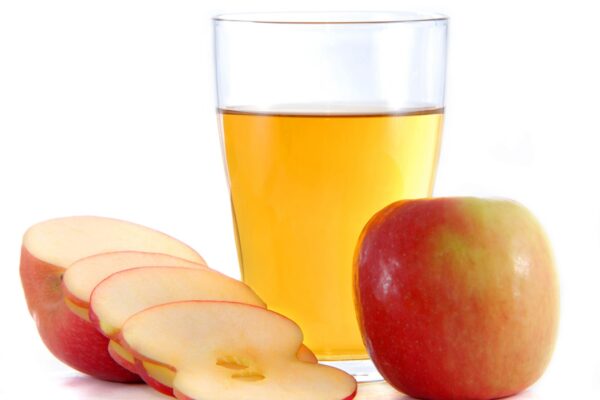

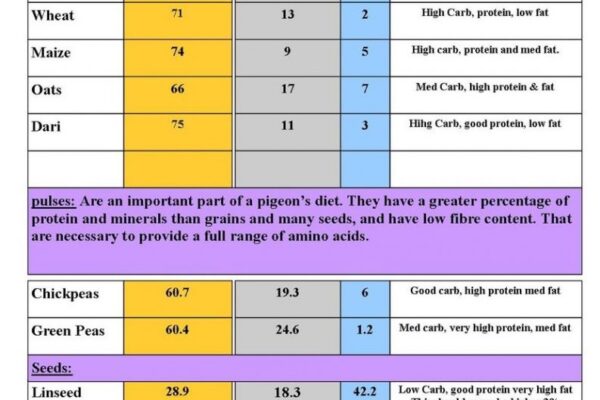
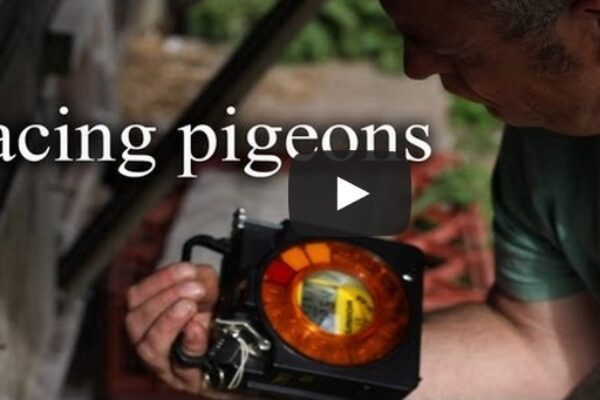
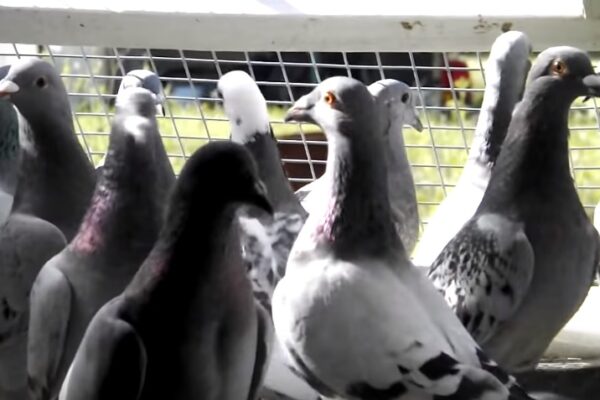
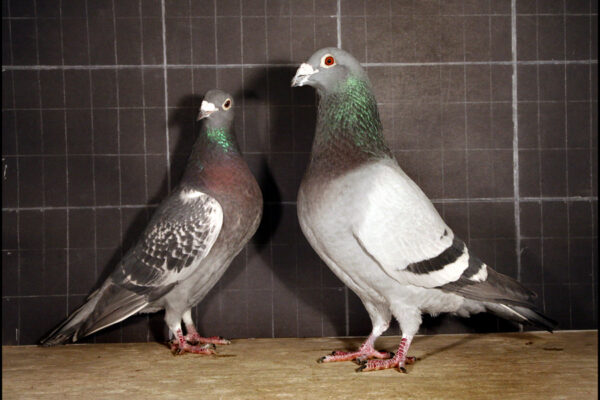


This was a very good article you can always learn something new.